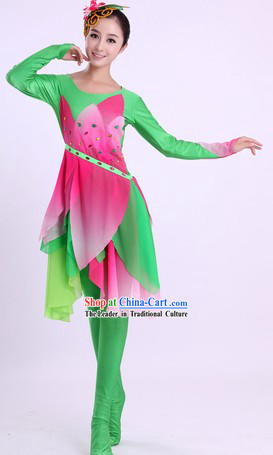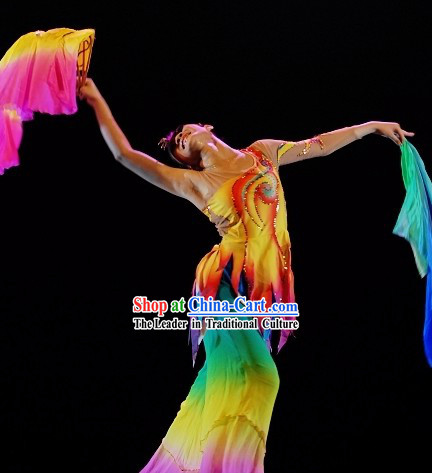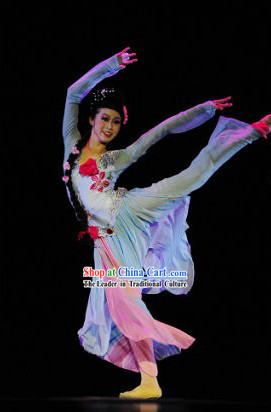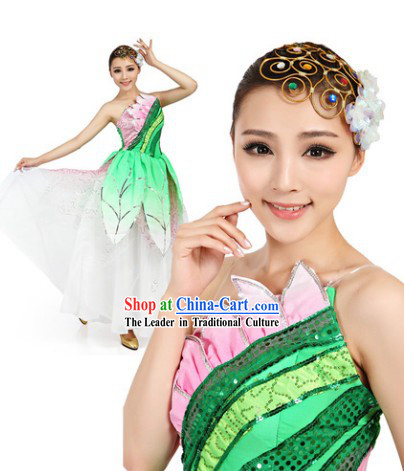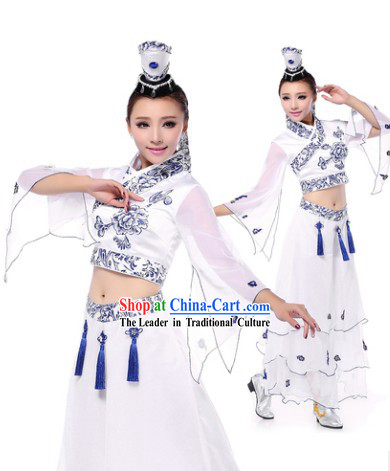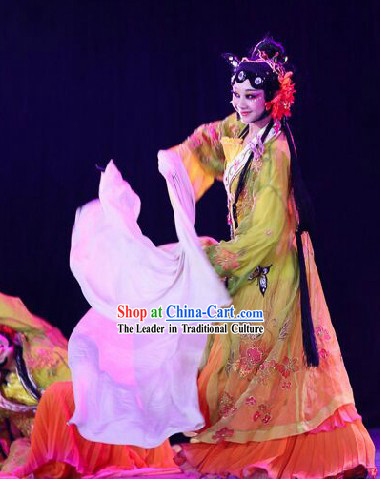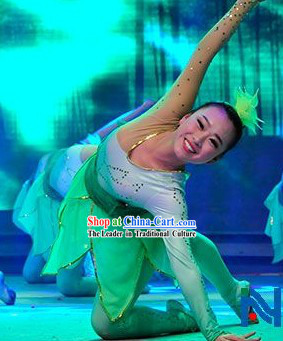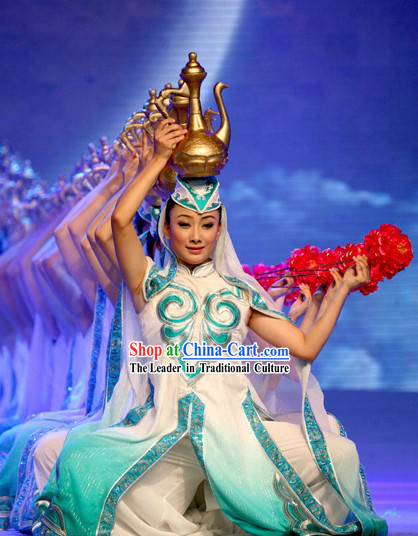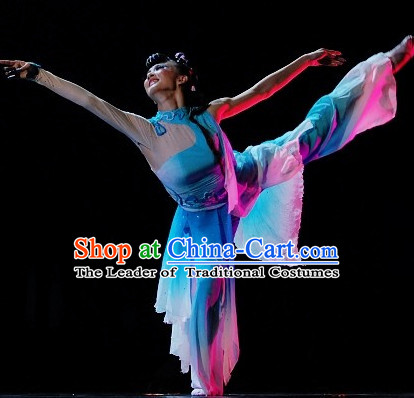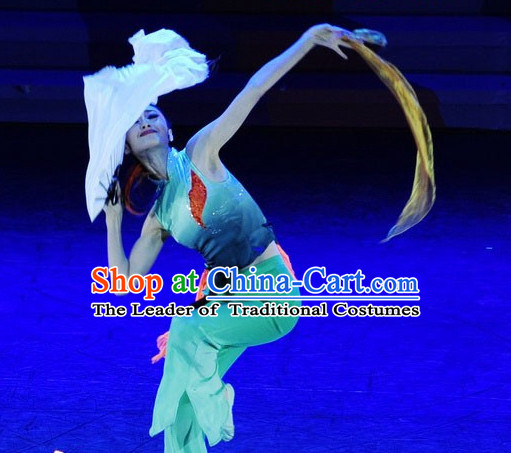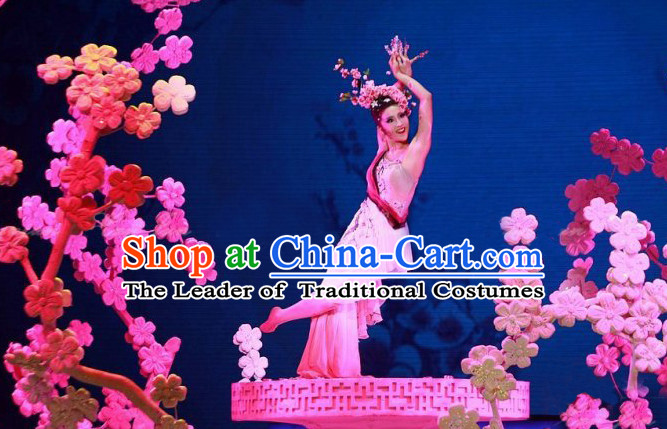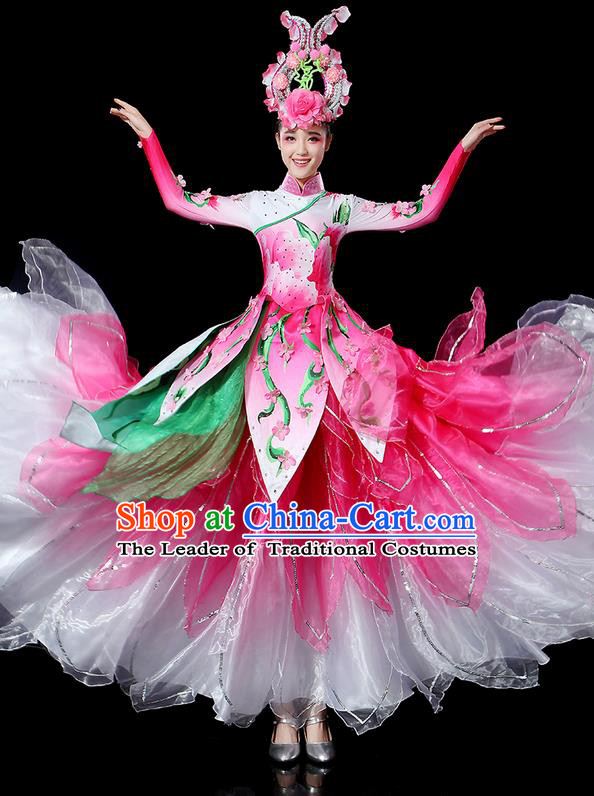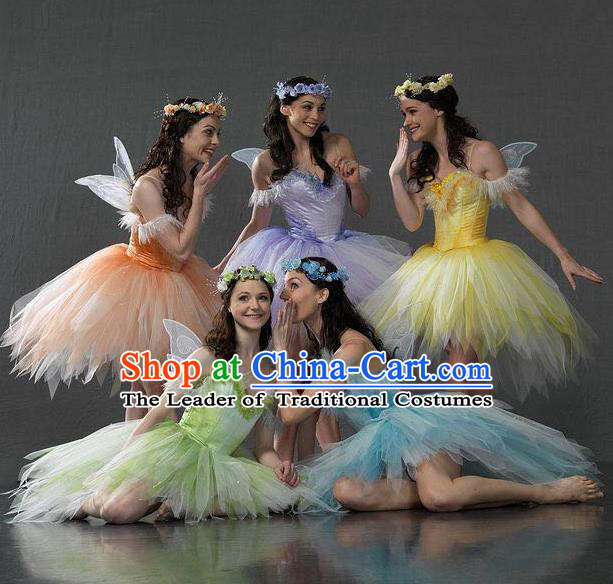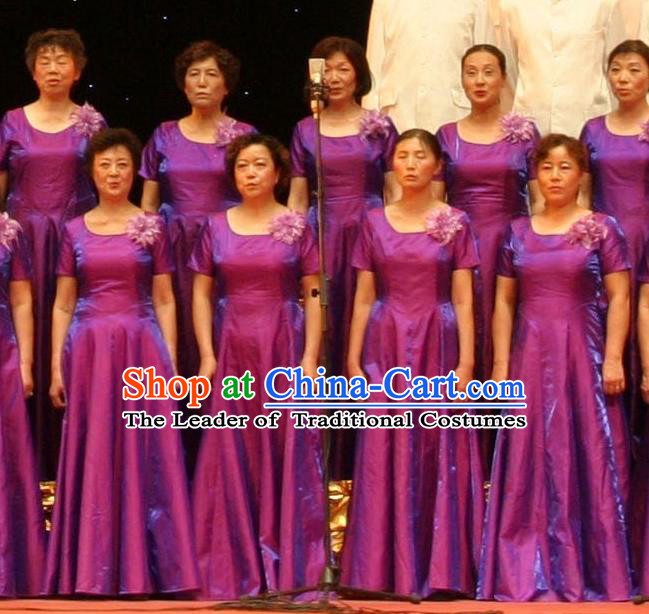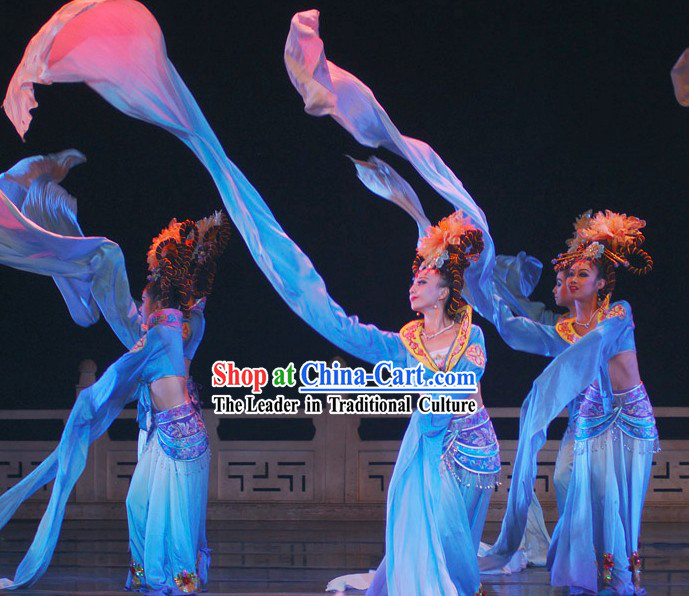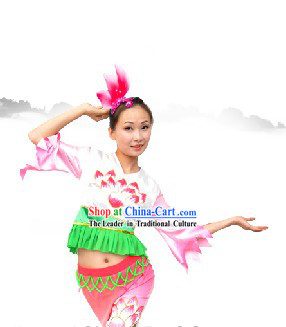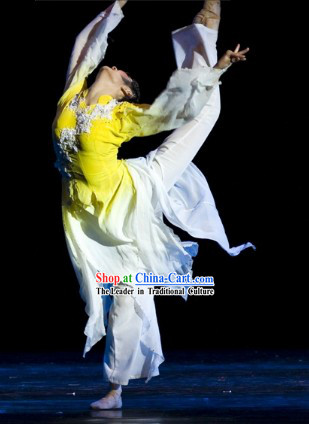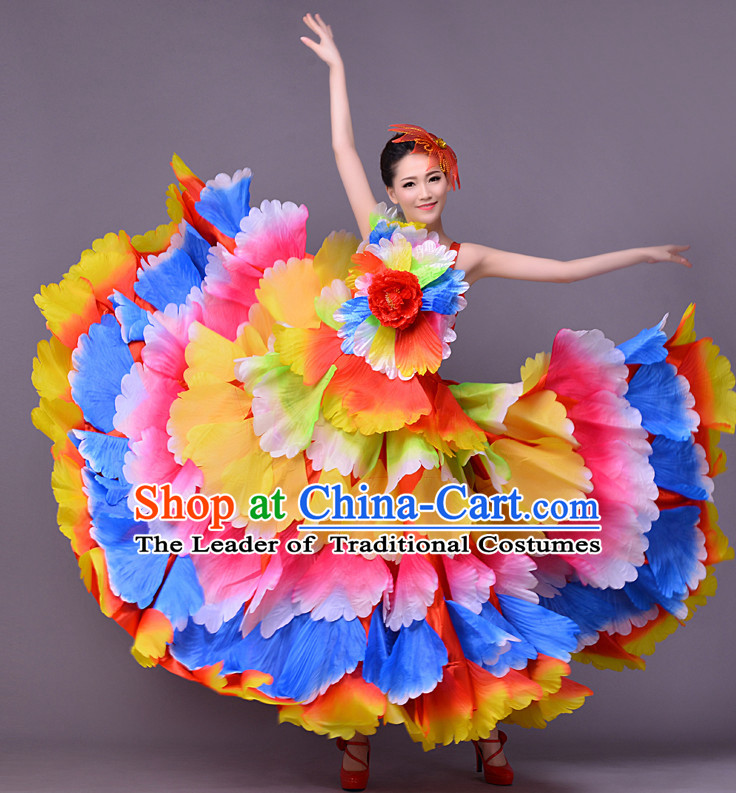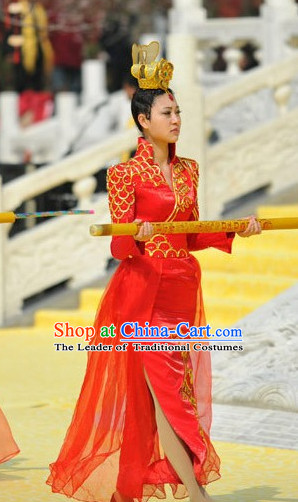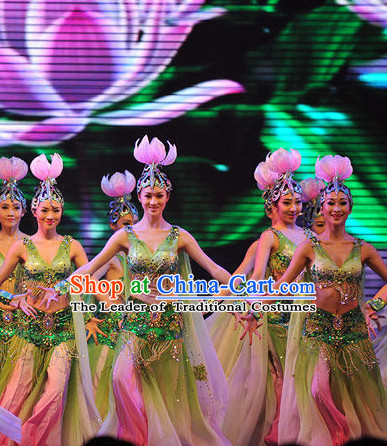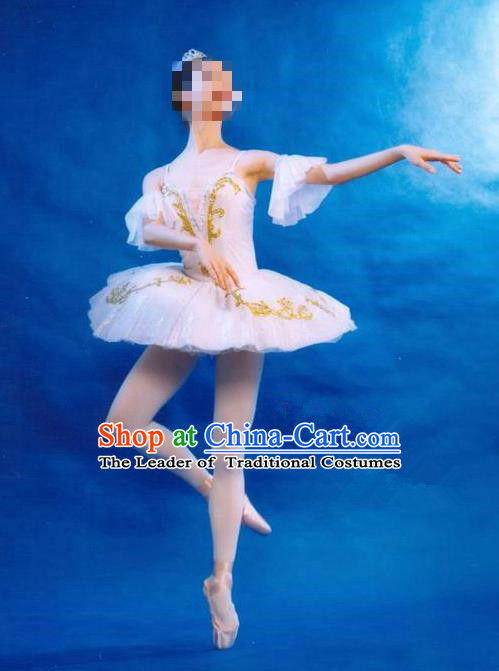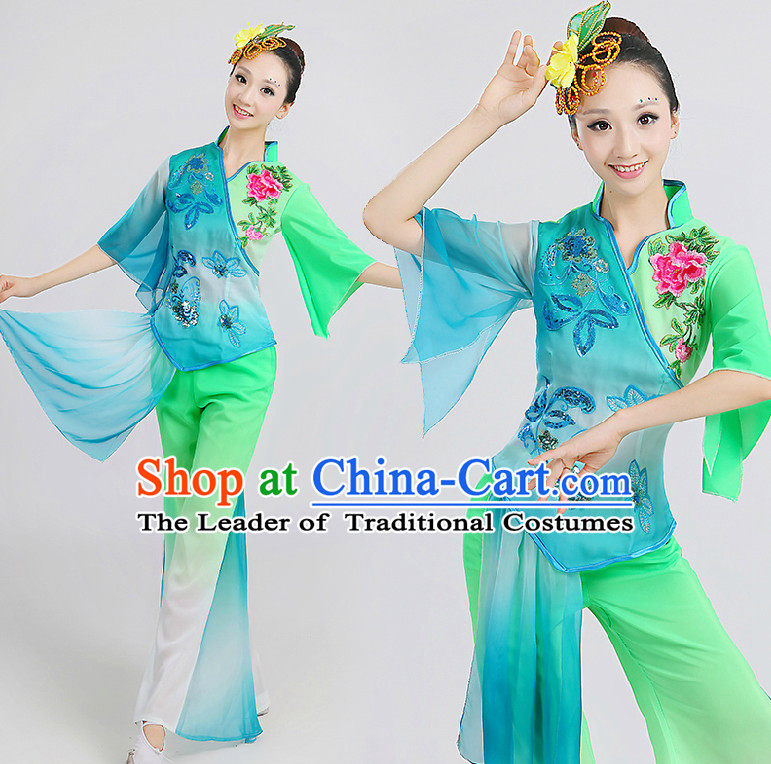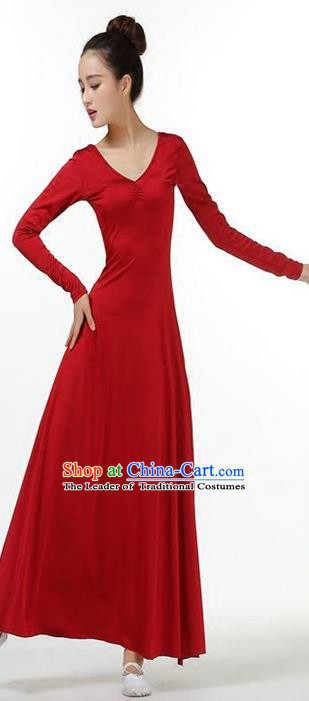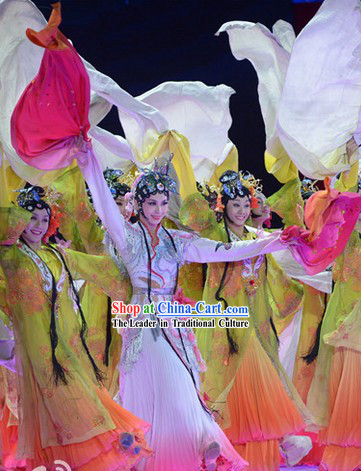
Click Related Pictures for More Audios:
Chinese classical dance costumes and female headwear are important components of ancient Chinese culture, representing rich spiritual connotations and historical significance.
These costumes and headwear are usually made of silk, cotton cloth, and other high-quality materials, featuring exquisite designs and superb craftsmanship.
In ancient China, dance was an important art form widely used in palaces, religious ceremonies, and folk celebrations.
Therefore, dance costumes and headwear also became important symbols of identity, status, and cultural traditions.
For example, the dancers in the "Ni Chang Yu Yi" dance of the Tang Dynasty wore gorgeous robes and headdresses, showcasing the prosperity and wealth of the Tang Dynasty.
In addition to dance costumes, female headwear is also an important component of traditional Chinese culture.
In ancient China, female headwear was often used to distinguish different social classes and identities.
For example, the image of Yang Guifei wearing a golden crown and jade hairpin in the "Chang Hen Ge" of the Tang Dynasty shows that she was a noble woman.
In contrast, the image of an ordinary woman wearing a flower wreath in the "Shui Diao Ge Tou" of the Song Dynasty indicates that she was a commoner.
In conclusion, Chinese classical dance costumes and female headwear are important components of traditional Chinese culture, not only for their beautiful appearance but also for their rich historical significance and social context.
By appreciating these works of art, we can better understand the essence and diversity of ancient Chinese culture.
